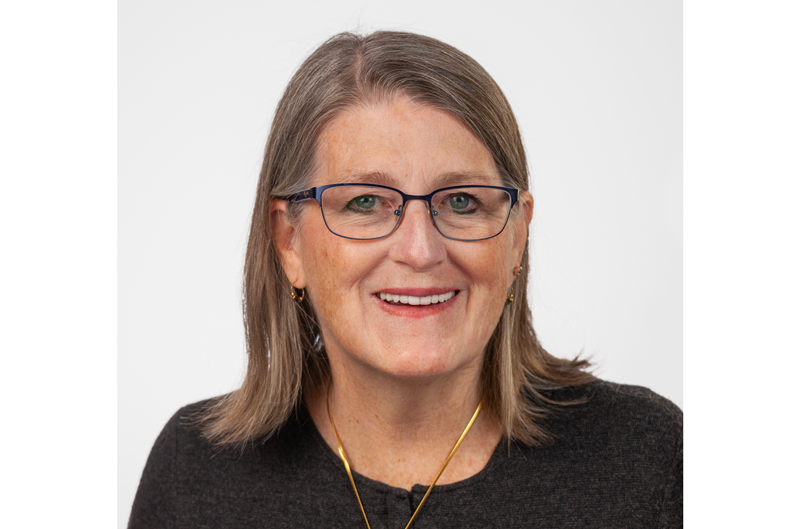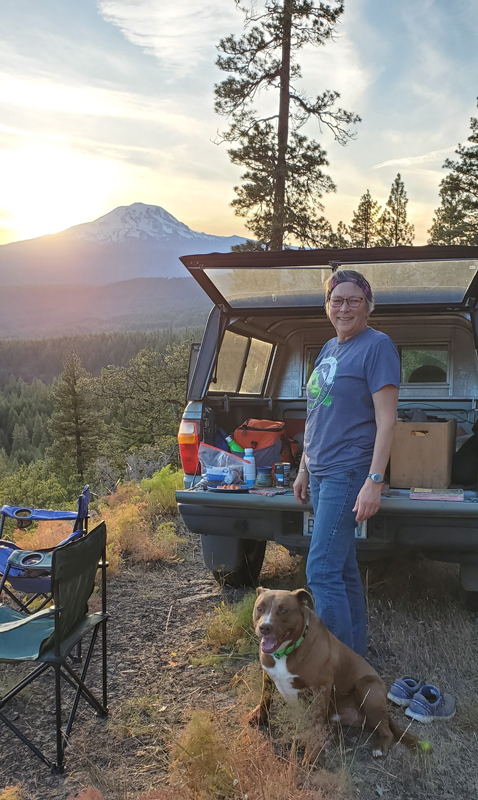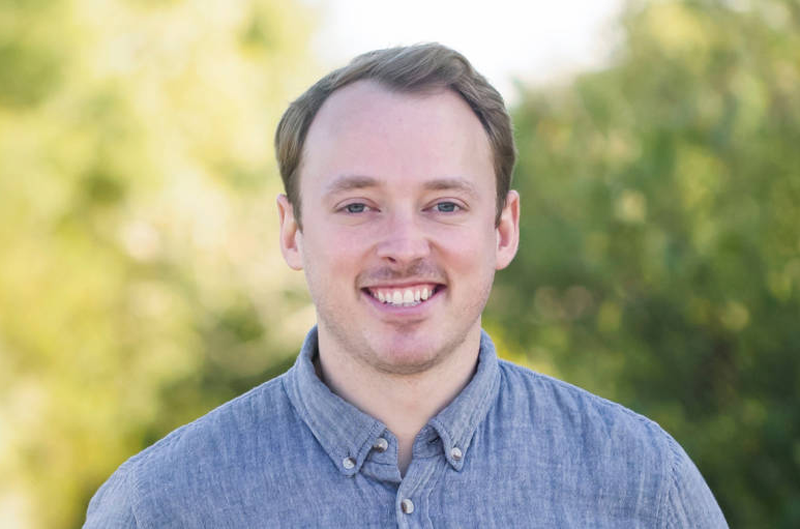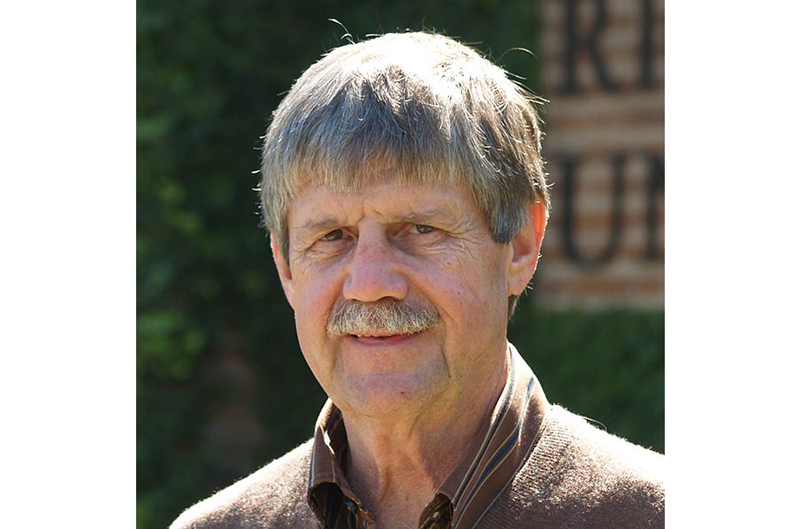What is the right to emit carbon worth? One dollar per metric ton? Fifty dollars? One hundred?
There are two markets for carbon: The compliance market, where participation is legally required, and the potentially larger voluntary market. Voluntary credits are created in three steps. First, a developer comes up with a plan to sequester or reduce CO2. Second, the developer applies to a registry, which reviews the plan before approving and issuing carbon certificates. Third, the certificates are sold either directly, or by project development marketing firms, with the money split between the parties. Buyers may keep and use the certificates to offset their own CO2 emissions, or they can sell the certificates on a secondary market.
You yourself may have been offered the opportunity to pay a fee to offset your travel-related emissions, perhaps when booking a hotel room or airplane ticket. But what does this mean exactly? Why do retail prices range from $1/ton to $263/ton online? Where does the money go?
“It’s a giant black box,” says Richard Hall, president of Buckhead Resources. Hall, a registered forester and attorney, manages natural resource investments and operations throughout the world for multiple private and institutional clients. He also serves as a stakeholder with BCarbon, a nonprofit carbon credit registry founded by Rice University Professor Jim Blackburn (see sidebar) that focuses on nature based decarbonization solutions.
Speaking about the voluntary carbon credit market, Hall says, “Many parties want to invest in solutions, but the actual value proposition can be unclear. The market is fragmented.” Hall notes that the four large registries – Gold Standard, American Carbon Registry, Climate Action Reserve, and Verra – provide some level of standardization when they approve projects, but “There is significant room for improvement.”

“It’s basically an unregulated commodity market,” says Aldyen Donnelley, who has been working with carbon markets for nearly 20 years and is co-founder of the Nori Carbon Removal Platform. “There is no single standard for defining a 1TCO2 credit, no tracking credit turnover rates, or how much money has actually changed hands at marked-to-market values. In most carbon markets – including those currently administered by governments – there is no double ledger accounting discipline. The lack of transparency has resulted in some jurisdictions disallowing carbon credit imports or exports. The good news is that competing methodologies have prompted learning. And that gives us an opportunity to improve because the world has not adopted a sole standard on a large scale.”
BCarbon is a newer registry that focuses on the measurement protocols supporting their nature-based carbon credits. “We’re all about measurement, not just computer modeling, when we develop things like our blue carbon protocol,” says Blackburn. “We have already established a baseline of carbon in situ for the entire 1,000 miles of Texas coastline. Developers are coming to us with projects that will store carbon in rebuilt coastal and wetlands. These developers have investors ready to commit $500 million to Texas coastal projects, assuming permits can be obtained. These projects have the co-benefits of protection against storm surges. They protect fisheries and they offset the impact of sea level rise. I think we’re the only program in the country prepared to issue carbon credits for this type of work.”

Cherie Kearney is the Forest Conservation Director of the Columbia Land Trust, a 33-year-old nonprofit which has conserved more than 60,000 acres in Oregon and Washington. “We buy, own and manage our own forests, which is a different model than many. We also hold easements on large-scale forestland.”
As an organization seeking to conserve resources through sound science and collaboration with local communities, Columbia Land Trust must raise more than $6 million annually from grants and more than 3,700 supporters.
When the Trust looked into producing and selling carbon offsets, Kearney “evaluated our resources and thought, our expertise is in conservation.” Ultimately, Kearney chose to partner with a project developer to create registered, marketable carbon credits so that “We did not have to take on the financial risk of paying for the development, inventory and registration of the credits. We were not out any money up front.” It took two years to register the Trust’s 13,500 acre project with the American Carbon Registry. The project will sequester carbon for 40 years in three forest areas. The offsets will be sold later this year, and 100 percent of Columbia Land Trust’s share of the proceeds will go directly to further forestry conservation.
Since 2009, the Netherlands-based FairClimateFund has demonstrated that the carbon market can benefit those who are the most vulnerable to the effects of climate change. Using a cost-based model to price carbon credits, the Fund is able to cover all expenses related to last-mile CO2 reduction projects. Local households own and receive funds directly from the carbon credits.
Evelien Lambooij, business developer – climate projects at FairClimateFund, noted that grant money is necessary when working with low-income households in settings such as their Chad solar cooking project. The Gold Standard-accredited Chad project serves refugees living in a very dry region where wood for cooking is scarce. Benefits of this solar project include reduced deforestation and fewer conflicts between the local population and the refugees. These credits were recently renewed through 2025 and were purchased by major Dutch enterprises Athora Netherlands and Allinq Group B.V.
“Looking forward, FairClimateFund hopes to be able to prefinance more of its own projects, as it really helps project partners to reach households quicker and therefore can create impact on a short term,” Lambooij states.

Cool Effect is a nonprofit provider of environmental carbon offsets. Marketing Manager Blake Lawrence explains that Cool Effect offers retail customers the opportunity to buy credits at prices currently ranging from $10.88/ton to $43.95/ton in support of specific projects. “Prices for credits vary based on the labor and capital costs of each project. It costs less to protect an existing forest than to rehabilitate land and plant new trees.”
At the wholesale level, prices may be discounted for buyers investing in future projects with currently unissued tons. This is because “in company-sized investments, the buyer will pay years in advance for future credits so that a project can get started and accredited by a registry. Clients ask us to find them projects that are substantial, recent, and durable. That’s our mission.” Cool Effect’s website lists clients such as American Airlines, Salesforce and Sitecore.
“Transparency is key to making the voluntary market successful. We post every project’s application, audit and monitoring reports on our website. We don’t hide our fee structure. We keep 9.87 percent of the credit sale price to cover our overhead, with the remaining 90.13 percent going directly to the project developer.”
Is all this work effective? Aldyen Donnelly states, “To date, fewer than six billion tons of carbon credits have ever been registered globally. The largest registry is Verra, with 1.5 billion credits. This is statistically insignificant considering that the top 224 global emitters were responsible for 30.5 billion tons in 2015, according to the CDP Carbon Majors Report [issued in 2017]. Their total greenhouse gas (GHG) discharges have only gone up since then.” Donnelly believes that removal and storage efforts are essential and that much more remains to be done to achieve climate change goals. “I have confidence we can do it right.”
Hall, Kearney, Blackburn, Lambooij and Lawrence agree: Whether achieved through better forest management, shoreline restoration or improved forestry or agricultural practices, significant amounts of carbon can and are being sequestered. Sales of carbon offsets allow good work to happen faster and have important co-benefits such as soil improvement, community development and storm protection. Lawrence says, “Carbon credits are a critical tool and should play a role in any serious decarbonization plan.”
Five Facts with Jim Blackburn
Jim Blackburn of Rice University is a professor in the Environmental and Civil Engineering Department, as well as a Rice faculty scholar at the Baker Institute. He is also CEO of BCarbon, a nonprofit ecosystems services registry. Blackburn sat down with ENERGIES to talk about Texas-based environmentally significant decarbonization solutions and the five features of a “good carbon offset.”
- They’re Real. Offsets are based on non-subjective projects built to recognized scientific and measurement standards.
- They’re Verifiable. Results are quantified, audited, monitored, and retired transparently.
- They’re Enforceable. Project lands are bound by legal property rights.
- They’re Durable. Solutions have a long life.
- They’re Additional. Monitoring shows measurable carbon drawdown and storage over a scientifically established baseline to demonstrate that the project caused the improvement.
How Big is Your Footprint?
The U.S. Environmental Protection Agency (EPA) identifies emissions as Scope 1, 2 or 3.
Scope 1 includes any emissions directly produced by the assets or activities of a specific organization. For example, an apple orchard might produce Scope 1 emissions by driving tractors, burning wood waste or using trucks to bring freshly picked apples to a sorting facility.
Scope 2 emissions include indirect emissions that impact the reporting organization’s work. In our example, the electricity used in the orchard’s sorting facility to run conveyor belts or keep the apples chilled would count as Scope 2.
Scope 3 emissions come from activities related to the reporting organization’s work, but are neither owned nor controlled by the organization. In our example, Scope 3 emissions might include the fuel burned by vehicles hired by the grocery store to pick up truckloads of apples, or energy used to create packaging materials used by the grocery to package the apples for sale.
The apple farm’s reported Scope 3 emissions would be reported as Scope 2 by the grocery store and Scope 1 by the trucking company. The CDP Carbon Majors Report only includes Scopes 1 and 3 in its calculations of organizational impact.
Headline Photo: FairClimateFund’s solar cooker project for refugee families in Chad. Photo courtesy of FairClimateFund Netherlands/Nederland.
Elizabeth Wilder is a freelance writer based in Houston, Texas.
Oil and gas operations are commonly found in remote locations far from company headquarters. Now, it's possible to monitor pump operations, collate and analyze seismic data, and track employees around the world from almost anywhere. Whether employees are in the office or in the field, the internet and related applications enable a greater multidirectional flow of information – and control – than ever before.




